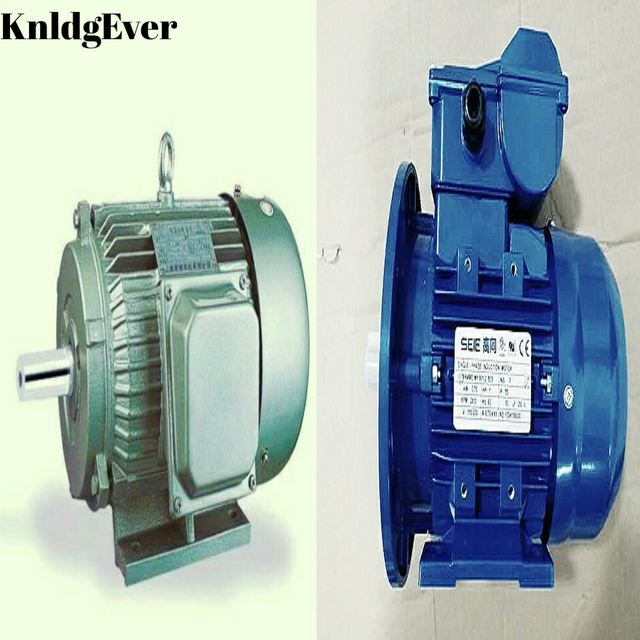Why is the rating of Motor written in KW instead of VA, KVA, MVA
The motor is designed with a specific power factor. So its lead can be easily calculated. For this, the unit of power in the nameplate of the engine is w.
When significant, KW is written. Matter converts electrical power into mechanical power. And mechanical power is active power. What is written on the meter's nameplate is the meter's output, i.e., the mechanical power. This means that what is written on it is electrical power or mechanical power. That is why it is written in Kw.
Why is neutral used in single-phase motor, and why not three-phase neutral is used?
If you can answer the two questions separately, the benefit is lost. I'm just talking about single and three-phase induction motors. Otherwise, the answer will be much more significant. I assume you know the difference between line voltage and phase voltage. Who told you that the machine will not run if you supply line voltage in a single-phase induction meter? I swear. But the problem

The domestic supply voltage is 220-230 volts in almost all countries, so this type of equipment or single-phase meter is rated at 270-280 volts. But the domestic supply is usually given the phase voltage of Star End. If the line voltage is given, the effective voltage will be like 360 volts. Is it within the tolerance limit of your home fan? Now let's see why neutral is not used in a three-phase induction motor. This is explained quite a bit by the operating principle of the induction motor. Here a spatial difference is made because if only the time-variant turns the meter, it starts encircling the secondary part of the transformer. It is also essential to make this 120 mechanical variant....Read More - https://cutt.ly/SSnVbJ7